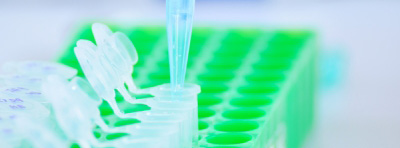Chlorophyll-c

Diatoms, dinoflagellates, red algae and brown algae contain a class of chlorophyll called chlorophyll c. Structurally, chlorophyll c lacks the phytol esters present in other chlorophylls. Three major subclasses (Chl c1, Chl c2, and Chl c3) and several minor subclasses of chlorophyll c with different substituents at the porphyrin ring have been reported. In the absorption spectra of chlorophyll c, a high absorption peak and a low absorption peak were observed at 450 nm and 630 nm, respectively.
In the chlorophyll c contain organisms, chlorophyll c present as the fucoxanthin chlorophyll a/c protein complexes carries out the light-harvesting process. After absorbing the light energy, Chlorophyll c and fucoxanthin transfer the excitation energy to the neighbouring chlorophyll a via pH-dependent mechanism.
Click here to place an order for determining Chlorophyll-c.
Analysis Packages for Chlorophyll-c
The Celignis Analysis Package(s) that determine this constituent are listed below:
P74 Pigments in Seaweed |
|---|
| Fucoxanthin, Astaxanthin, Chlorophyll-c, Chlorophyll-a, Chlorophyll-b, Lutein, beta-Carotene, Neoxanthin, Antheraxanthin, Violaxanthin |
Equipment Used for Chlorophyll-c Analysis

| Ion Chromatography A Dionex ICS-3000 system that is equipmed with electrochemical, conductivity, and ultraviolet-visible detectors. |
Additional Material
We can determine the Chlorophyll-c content of biomass, click here to learn more about our various biomass analysis methods.We can determine the Chlorophyll-c content of seaweed, click here to learn more about our various methods for analysing seaweed.






